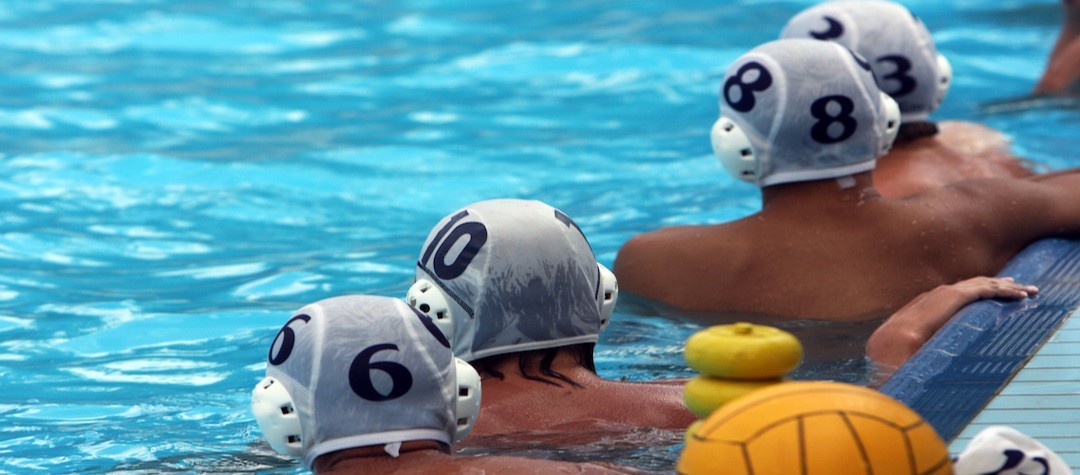Thinking of trying out water polo? Check out this quick introduction to the sport and find out whether water polo is for you.
Physical Requirements
The sheer physicality of the game of water polo often leads to fouls occurring at regular intervals – which means there are usually dozens of fouls throughout the game, as a match can last more than an hour in total. Refereeing water polo is also difficult, as most of the players’ bodies are submerged underwater – which makes it difficult to spot foul play.
It is estimated that the top water polo players may swim as much as four miles (6.43km) during a game...
It is estimated that the top water polo players may swim as much as four miles (6.43km) during a game – so if you want to get into water polo, you will have to build up your endurance! Water polo can be considered to be almost a combination of sports, as water polo players are required to have the endurance of a champion swimmer; the shooting, passing and dribbling skills of a football player; and a rugby player’s strength to battle for the ball.
Health Benefits
Water polo is a great way of building up bodily strength, with key muscles in the arms and legs given a great workout. The sport also develops the cardiovascular system and improves flexibility. Not only will you need to regularly have to use explosive muscle movements, but you’ll have to be able to keep it up, so endurance is absolutely key.
History of the sport
Water polo began as an aquatic version of rugby in the mid-1800s in the UK, before evolving into a game similar to a water-based version of football. By the turn of the century, its popularity led to it being included in the programme for the 1900 Olympic Games in Paris.
Water polo has subsequently been contested at every Olympic Games since 1908. Women’s water polo made its Olympic debut during the 2000 Sydney Games.
How to get involved
Water polo isn’t the most convenient sport to play so you may not find chances to play all that common. Check out any local leisure centres or swimming pools to find out if they have clubs or classes for newcomers. Before you do that, you’ll need to be in prime physical condition in order to play at a decent level.
You’ll need some hydrodynamic shorts, and swimming cap to get started. You can wear goggles, but do so at your own risk: a high velocity ball to the face can hurt, especially with something as awkward as goggles on.














